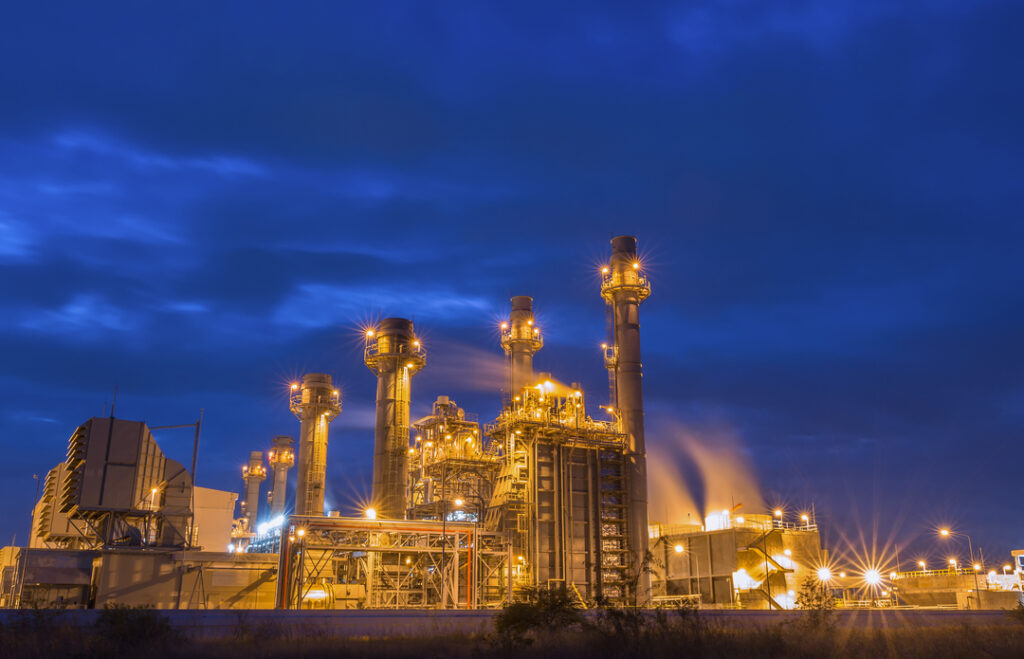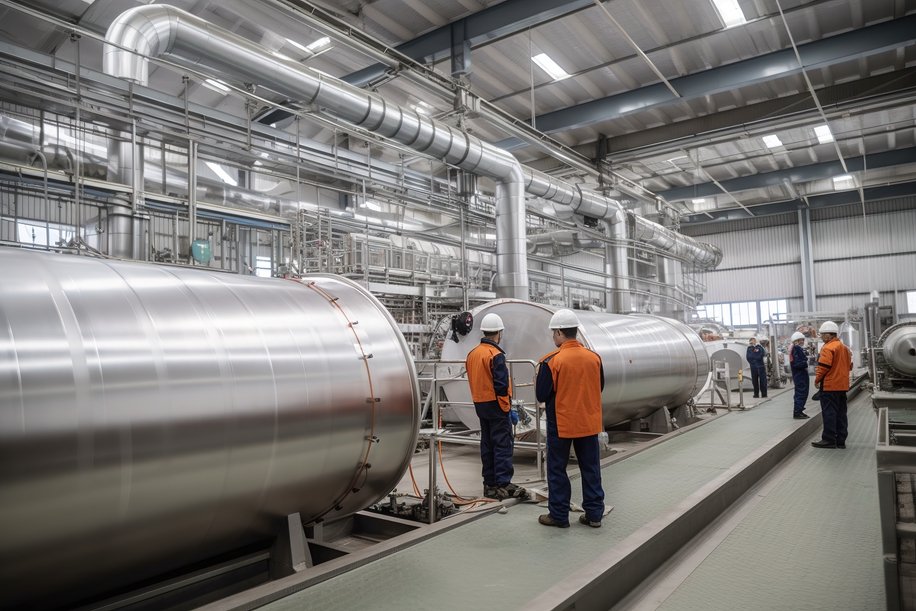Why proactive preventative maintenance is key to factory efficiency
When it comes to maintenance, many manufacturers opt for a “we’ll fix it when it breaks” approach, doing the bare minimum to stay compliant and operational, rather than taking a preventative maintenance stance.
But being proactive with maintenance improves factory efficiency. And factory efficiency has a direct impact on productivity and profitability, so it’s not something that should be neglected.
So how do you find the balance between being proactive with maintenance while keeping downtime to a minimum?
Reactive versus proactive
Reactive maintenance is pretty straightforward – something breaks, so you fix it. And in some cases, it’s fine to wait for failure. For example, you probably wouldn’t replace the bulb in a desk lamp until it stops working.
But when an asset is business critical, you can’t afford to wait until it fails. After all, the last thing you want is a production line to break down when you have a high volume order to fulfil on a tight deadline.
And that’s where proactive preventative and predictive maintenance come in.
Preventative maintenance usually involves periodically inspecting equipment to identify minor issues and fixing them before they become major problems. The goal is to keep equipment operational between one scheduled service and the next.
Predictive maintenance typically uses analytics to identify activity or trends that might lead to a part’s failure. For example, is a machine component more prone to failure when the machine has been running at a specific speed or when another component has recently had an oil change?
The idea behind both predictive and preventative maintenance is to be proactive in preventing asset failure to keep your factory operating efficiently.

Creating a successful preventative maintenance plan
A good maintenance plan starts by understanding the assets in your factory. Make a list of the individual assets – boiler, air conditioning, emergency lighting, fire alarm system, refrigeration units, plant equipment, UPS systems, individual machines etc.
How business-critical is each asset? What is the likelihood of failure? What are the consequences of failure (for example, if a fire suppression system fails, the consequence could be fatality)?
Could the system still meet the needs of your business if part of the system failed (for example, if one air con unit fails, would the other units be sufficient to meet your needs)?
Next, look at the condition of each asset. How old is it? What condition is it in? Are there any warranties in place? What is the maintenance history? Where is it most vulnerable? Which components need special maintenance (e.g. lubrication, cleaning, oil changes)? Are there any compliance obligations that need to be met? Are there any hazardous areas to consider?
Once you have all this information, you’ll find it easier to create an effective maintenance schedule. You can allocate your budget and resources to the most business-critical assets and reduce the number of emergency callouts.
Plus, by planning your maintenance, you can minimise the impact on productivity. For example, schedule full emergency lighting tests outside of business hours or in the summer months when there is more natural light so you can still operate.
It’s also a good idea to test and inspect equipment both when it is operating at full load and when it is idle or operating on a minimum load. For example, you might test the office heating system in winter when it is operational and then carry out non-essential repairs in the summer when it is not required.
Benefits of proactive preventative maintenance
Replacing machinery and equipment is costly, so it makes sense to keep your assets in good working order. Plus, regular maintenance ensures your machinery and equipment run efficiently, which is better for your bottom line. And that’s not all – proactive preventative maintenance has several other benefits.
Identify opportunities and threats
Regular inspections can help you identify issues before they result in major problems, but they can also help you spot opportunities. It can get expensive if you frequently have to replace a particular component. Understanding what’s causing it to fail can help you identify an alternative solution, such as investing in an upgrade or adding a VSD to control speed and torque.
Ensure compliance
You have a legal responsibility to keep your employees safe and ensuring the workplace and equipment are properly maintained. That includes everything from emergency lighting and fire safety systems, ventilation, and machinery, right down to the kettle in the staff kitchen. A regular maintenance schedule helps you remain compliant.
Make more informed decisions
By understanding which components are failing most frequently and which areas of your factory require the highest maintenance, you can make more informed decisions around investment and budgeting. Rather than plucking a figure from thin air or guessing what your costs will be based on last year, you can plan your budget effectively.
Minimise cost and loss
Unexpected downtime is costly, and the last thing you want is an electrical failure across the factory or a machine breakdown causing your production line to stop. Regular planned maintenance minimises the risk of asset failure and reduces the risk of unplanned downtime. Plus, regular maintenance will extend the lifetime of your assets, reducing the frequency with which you have to replace parts or equipment.
Forecast more accurately
Planning your maintenance effectively allows you to forecast more accurately. You’ll be able to foresee any potential disruption to your business and reduce unnecessary costs. For example, if you know a production line will be non-operational for a day, you can reduce the number of employees working that day.
Reduce energy consumption
Keeping your lighting and electrical installations in optimal condition keeps them running at their most efficient. This means less energy waste, lower electricity bills, and a lower carbon footprint.

Proactive preventative maintenance with AES
At AES, we specialise in electrical contracting services for manufacturers. If you haven’t got a strategy in place for managing the maintenance of your electrical installations, we can help.
We can install, test, inspect, service and maintain your lighting and emergency lighting and any electrical installations, including plant equipment and machinery. AES personnel are also CompEx accredited to work in ATEX areas.
Not only do we offer proactive and reactive maintenance and emergency callout, but we also offer a range of specialist services for manufacturers to help reduce downtime.
These include energy storage, voltage optimisation, variable speed drives, and control and automation systems.
If you’d like to learn more about how AES can keep your factory running efficiently, get in touch with our expert team.

Our guide to building energy management systems
Building energy management systems (BEMS) are systems that allow you to monitor, control, and optimise the energy used within your building. The phrase building energy management system (BEMS) is often used interchangeably with the phrase building management system (BMS), but there are some differences. A BEMS is focused on energy-related systems such as lighting, heating, […]
Read more
How far does power travel and what impact does distance have on performance
It’s easy to take our electricity supply for granted. We flick a switch and instantly have light or power. We don’t even think about it unless there’s an issue or an outage. But when there is an issue or outage, the impact can be significant. For manufacturers, even the smallest change in power can make […]
Read more
Why visibility of the production process is so important
Operational excellence, efficiency and quality are top priorities for almost every manufacturer worldwide. These things lead to improved productivity, happier customers and reduced waste – all of which result in increased profits. Visibility of the production process is the key to achieving these things. And manufacturers now have access to technology that can provide real-time […]
Read more
Will security lighting help to protect my staff?
Looking after the safety and well-being of employees should be a priority for any business. And while it’s not possible to mitigate every risk, there are measures you can take to improve their safety and security. One measure that is often overlooked is the installation of security lighting. When daylight disappears, visibility is reduced, increasing […]
Read more
Top 5 considerations when comparing electrical quotes
Budget is always a factor when you’re considering any type of upgrade, revamp, or maintenance work within your factory. But when it comes to electrical work, you have to consider more than just money. Don’t rush into accepting the cheapest electrical quotes without knowing exactly what you’re getting. Electrical work is not an area where […]
Read more
What is the role of companies in reducing our carbon footprint?
We should all be taking responsibility for protecting our planet and a big part of that is reducing our carbon footprint. But while it falls to all of us to do our bit, there is additional pressure on manufacturers, especially those with high carbon emissions. As an absolute minimum, these companies should ensure compliance with […]
Read more

